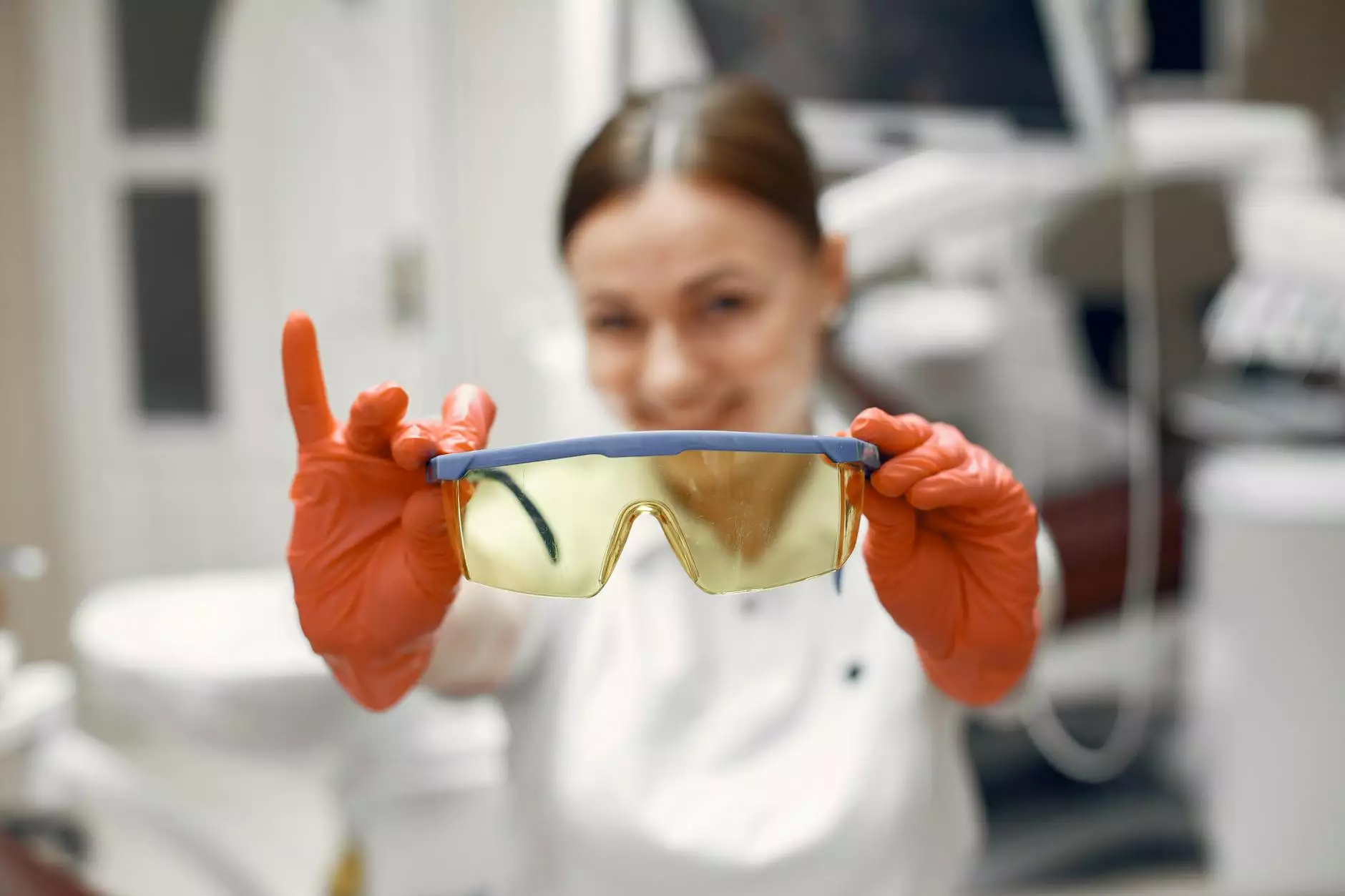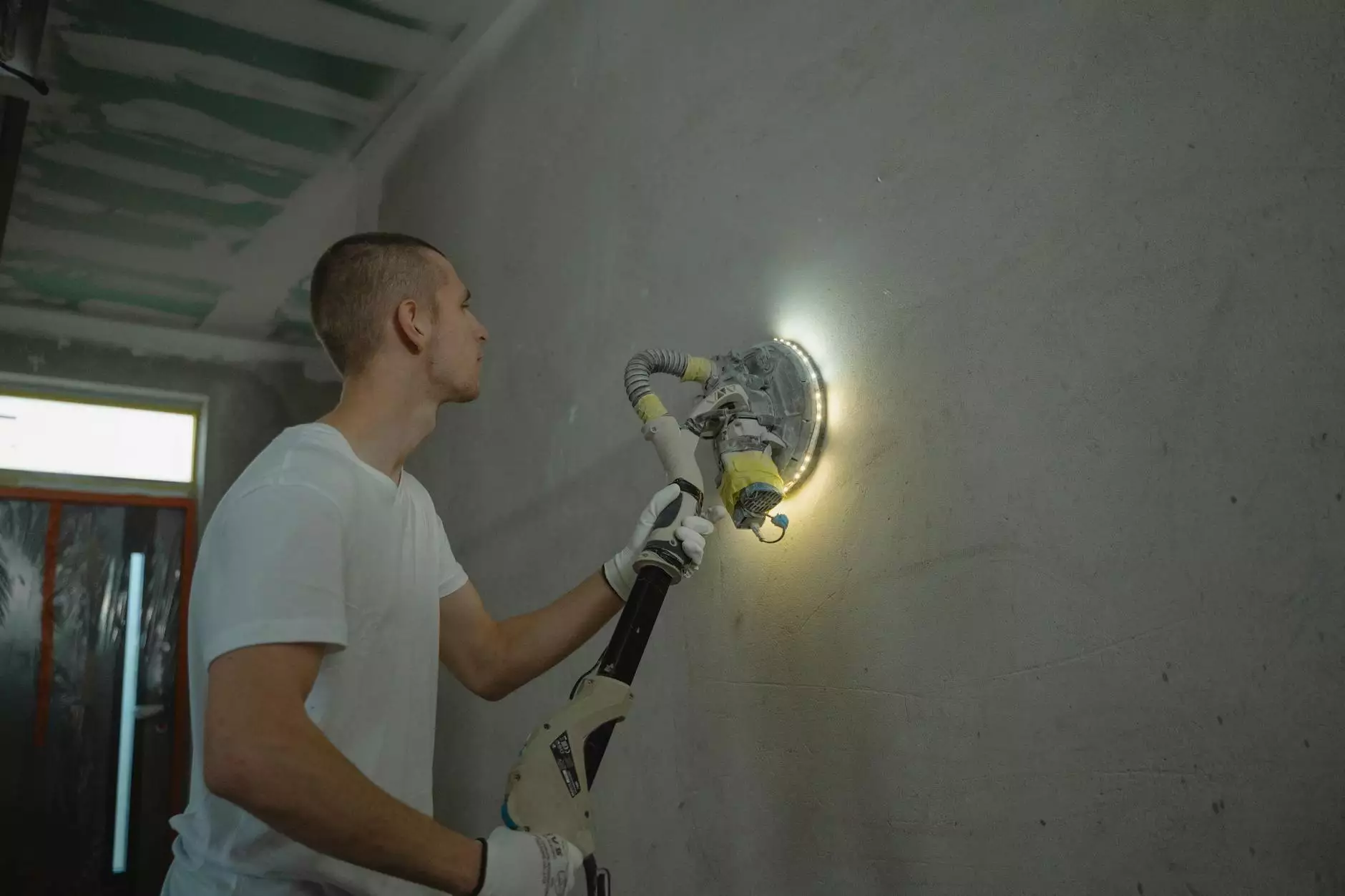Understanding RFA Treatment: A Breakthrough in Vascular Medicine

In the realm of health and medical advancements, few treatments have demonstrated as much promise and effectiveness as RFA treatment (Radiofrequency Ablation). This innovative procedure is being embraced by both physicians and patients alike due to its minimally invasive nature and significant benefits in treating various vascular conditions. This article aims to provide a comprehensive overview of RFA treatment, its mechanisms, advantages, and the transformative impact it has on patient outcomes.
What is RFA Treatment?
Radiofrequency Ablation (RFA) is a medical procedure that utilizes heat generated by radiofrequency waves to eliminate or disrupt targeted tissue. In the context of vascular medicine, RFA focuses on treating problematic veins, particularly those affected by conditions like varicose veins and chronic venous insufficiency. The procedure involves inserting a thin catheter into the affected vein and applying heat to seal it off, thereby redirecting blood flow to healthier veins.
How Does RFA Treatment Work?
The process of RFA treatment comprises several key steps:
- Consultation: The first step in the RFA treatment process involves a thorough consultation with a healthcare professional, where your medical history is reviewed, and a physical examination is conducted.
- Imaging Studies: Ultrasound or other imaging techniques may be employed to visualize the veins and assess the extent of the condition.
- Anesthesia: Local anesthesia is administered to ensure patient comfort during the procedure.
- Catheter Insertion: A catheter is carefully threaded into the affected vein.
- Radiofrequency Energy Application: Heat is generated through the catheter, effectively sealing the vein and causing it to collapse.
- Post-Procedure Care: After the treatment, patients are typically monitored for a short period and provided with aftercare instructions.
Benefits of RFA Treatment
RFA treatment offers numerous advantages over traditional surgical options. Below are some of the key benefits:
- Minimally Invasive: RFA is less invasive than traditional vein stripping methods, resulting in fewer complications.
- Reduced Recovery Time: Most patients resuming their daily activities within 24 hours.
- Minimal Scarring: The small puncture made for catheter insertion leads to less visible scarring compared to surgical options.
- High Success Rate: RFA boasts a high success rate in terms of alleviating symptoms and improving aesthetic appearance.
- Outpatient Procedure: RFA is usually performed on an outpatient basis, eliminating the need for hospitalization.
Who is a Candidate for RFA Treatment?
The ideal candidates for RFA treatment include individuals suffering from:
- Chronic venous insufficiency
- Symptomatic varicose veins
- Localized venous ulcers
- Individuals desiring a cosmetic improvement of their leg appearance
During the initial consultation, a healthcare provider will determine candidacy based on the patient’s symptoms, overall health, and specific medical history.
Potential Risks and Considerations
Like any medical procedure, RFA treatment comes with potential risks. While serious complications are rare, they can include:
- Infection at the catheter insertion site
- Blood clots
- Nerve injury
- Skin burns
It is vital for patients to discuss these risks with their healthcare provider, who will provide guidance on preventive measures and post-procedure care.
Post-Treatment Care and Expectations
The post-treatment care for RFA patients is crucial for ensuring successful recovery and optimal results. Here’s what to expect:
- Compression Stockings: Patients are often advised to wear compression stockings to improve circulation and minimize swelling.
- Activity Modifications: Light activity is encouraged, but strenuous exercises should be avoided for a few days.
- Follow-Up Visits: Follow-up appointments will be scheduled to monitor the healing process and assess the effectiveness of the treatment.
- Watch for Symptoms: Patients should be vigilant for any unusual symptoms, such as excessive swelling, severe pain, or signs of infection.
Comparative Effectiveness: RFA vs. Traditional Surgical Methods
When comparing RFA treatment to traditional surgical methods, several factors come into play:
- Effectiveness: Both RFA and traditional surgery effectively treat varicose veins, but RFA usually involves a faster recovery time and less postoperative discomfort.
- Invasiveness: RFA's minimally invasive nature means lower risks of complications and a more straightforward recovery.
- Cost-Effectiveness: Outpatient procedures like RFA may reduce overall healthcare costs related to hospitalization and extended recovery.
Advancements in RFA Treatment
As technology evolves, RFA treatment continues to improve. Innovations in technique and equipment, as well as the development of new protocols, are enhancing its effectiveness. Newer radiofrequency devices allow for greater precision, better pain management, and improved patient experience.
Future Directions in Vascular Medicine
The field of vascular medicine is advancing rapidly, with ongoing research into the optimization of RFA treatment. Studies are continually exploring:
- Long-term outcomes and durability of results
- Combination therapies that integrate RFA with other treatment modalities
- Refinements in patient selection to maximize treatment success
Conclusion
In summary, RFA treatment represents a revolutionary approach to managing vascular health, with benefits that extend beyond the immediate treatment of varicose veins. As a minimally invasive procedure with a high degree of safety and effectiveness, RFA is reshaping the landscape of vascular medicine. For individuals struggling with vein-related issues, consulting with specialists such as those at Truffles Vein Specialists can provide invaluable guidance and access to cutting-edge treatments. Empower yourself with the knowledge of RFA treatment and take proactive steps toward achieving optimal vascular health.









